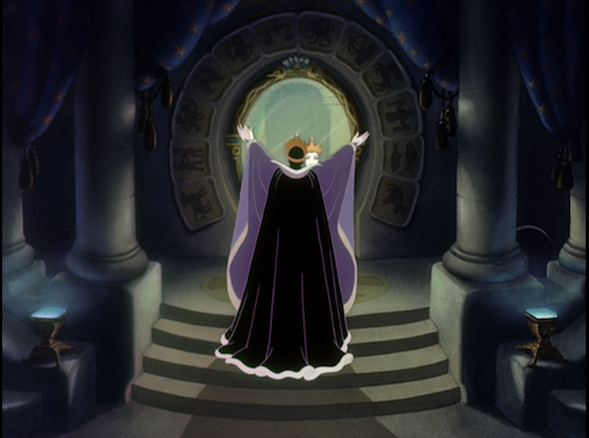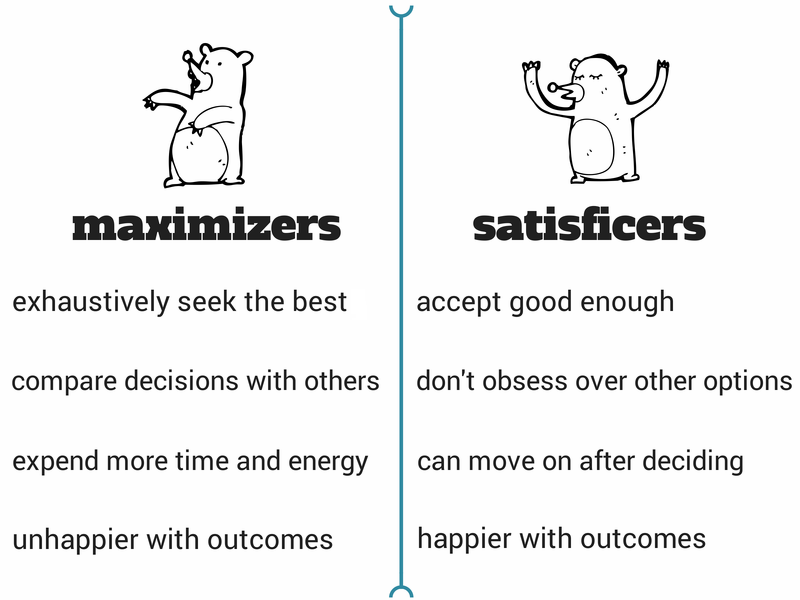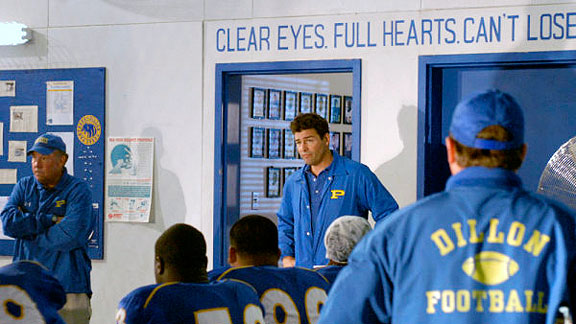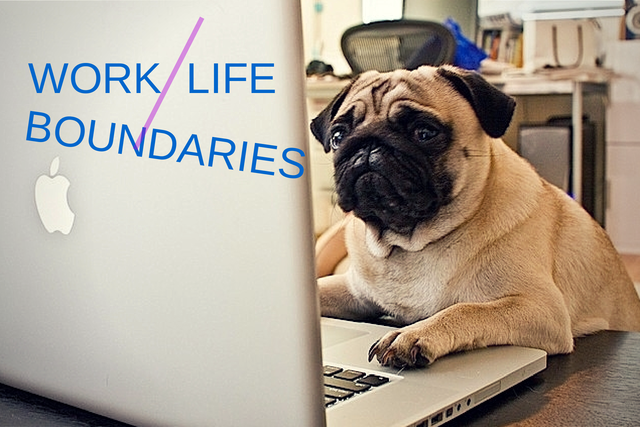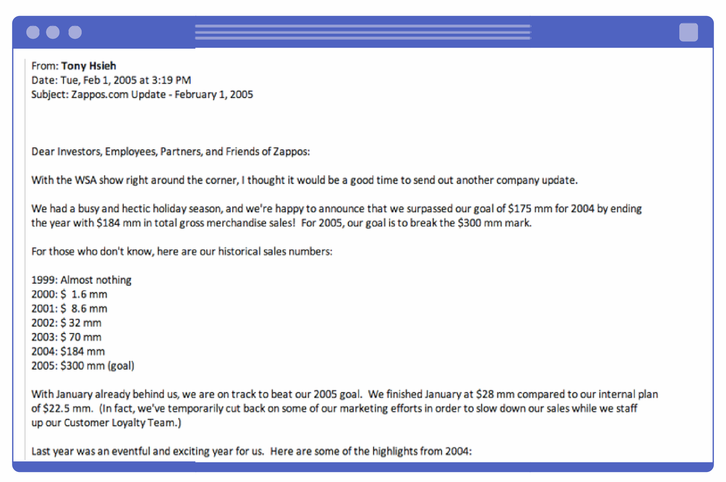Even if transparency is one of your official organizational values, how do you actually make that come true?
Karma has a company culture of openness and sharing, one that reflects its mission to make connecting to the internet easier for everyone. That philosophy of accessibility permeates the company — whether in sharing their journey with their customers, providing weekly — yes, weekly — updates to their investors, or how they get stuff done together.
Company culture isn’t what is written on a poster or slide deck but what happens day-by-day. And what the Karma team has figured out is that transparency doesn’t just happen by itself. The kind of information-sharing it requires depends on people’s willingness to be open with each other, day in and day out — and one of the best ways to do it is tell each other about their day.


